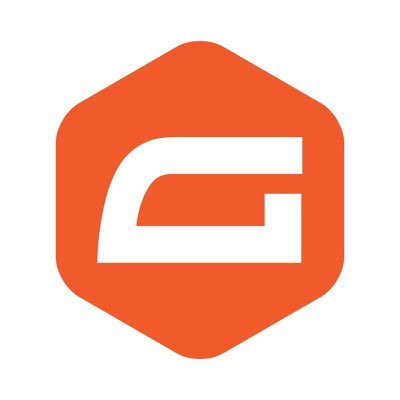Cloudinary and Gravity Forms integration
Save yourself the work of writing custom integrations for Cloudinary and Gravity Forms and use n8n instead. Build adaptable and scalable workflows that work with your technology stack. All within a building experience you will love.


How to connect Cloudinary and Gravity Forms
Create a new workflow and add the first step
In n8n, click the "Add workflow" button in the Workflows tab to create a new workflow. Add the starting point – a trigger on when your workflow should run: an app event, a schedule, a webhook call, another workflow, an AI chat, or a manual trigger. Sometimes, the HTTP Request node might already serve as your starting point.
Build your own Cloudinary and Gravity Forms integration
Create custom Cloudinary and Gravity Forms workflows by choosing triggers and actions. Nodes come with global operations and settings, as well as app-specific parameters that can be configured. You can also use the HTTP Request node to query data from any app or service with a REST API.
What can you do with Cloudinary?
Upload From URL
Upload an asset from URL
Upload File
Upload an asset from file data
Update Asset Tags
Update tags for an existing asset
Update Asset Structured Metadata
Update structured metadata for an existing asset
Get Tags
Get all tags for a specific resource type
Get Metadata Fields
Get all metadata fields definitions
Supported API Endpoints for Gravity Forms
Send notification
This endpoint is used to send notifications for an entry.
Send notification
This endpoint is used to send notifications for an entry.
Create entry
Submit a new entry to the form.
Update entry
Update an existing entry by ID.
Update entry
Update an existing entry in Gravity Forms.
Create entry
This endpoint allows you to create a new entry in the system.
Create entry
Creates a new entry in Gravity Forms.
Get entries
Retrieves entries from Gravity Forms.
Create entry
This endpoint is used to create a single entry.
Get feeds
Retrieve a list of all feeds.
Get specific feed
Retrieve details of a specific feed by ID.
Get feeds
Retrieve a list of feeds.
Update feed
Update an existing feed.
List feeds
Retrieve all active feeds for all forms.
Get specific feed
Retrieve a specific feed by its ID.
List feeds for a specific form
Retrieve all feeds for a specific form by its ID.
List feeds
Get specific active feeds for a specific form.
List feeds
Get all active Mailchimp feeds for a specific form.
Create feed
Add a new feed for the forms.
Create feed for a specific form
Add a feed for a specific form.
Update feed
Update the entire feed using its ID.
Update feed properties
Updates specific properties of a given feed.
Delete feed
Deletes a specific feed identified by its ID.
Manage add-on feeds
Manage the add-on feeds in Gravity Forms.
Get feeds for a specific form
Retrieve all feeds for a specific form by form ID.
Create form
Create a new form in Gravity Forms.
Update form
Update an existing form in Gravity Forms.
Create form
This endpoint allows you to create a new form in the system.
Get form results
Gets aggregate results for a form with specific ID.
Create form
Creates a new form in Gravity Forms.
Submit form
Submits a form using the REST API.
Validate form
Validates a form using the REST API.
Get form field filters
Retrieves form field filters using the REST API.
Get form
Retrieve details of a specific form by form ID.
List forms
Get a list of all forms.
Get form
Retrieve form details or a list of all forms.
Get form
Retrieve specific form details by form ID.
Send notification
Send a notification from Gravity Forms.
Send notification
Sends notifications using the REST API.
Manage add-on feeds
Manages add-on feeds using the REST API.
To set up Gravity Forms integration, add the HTTP Request node to your workflow canvas and authenticate it using a generic authentication method. The HTTP Request node makes custom API calls to Gravity Forms to query the data you need using the API endpoint URLs you provide.
See the example hereThese API endpoints were generated using n8n
n8n AI workflow transforms web scraping into an intelligent, AI-powered knowledge extraction system that uses vector embeddings to semantically analyze, chunk, store, and retrieve the most relevant API documentation from web pages. Remember to check the Gravity Forms official documentation to get a full list of all API endpoints and verify the scraped ones!
Cloudinary and Gravity Forms integration details
FAQ
Can Cloudinary connect with Gravity Forms?
Can I use Cloudinary’s API with n8n?
Can I use Gravity Forms’s API with n8n?
Is n8n secure for integrating Cloudinary and Gravity Forms?
How to get started with Cloudinary and Gravity Forms integration in n8n.io?
Looking to integrate Cloudinary and Gravity Forms in your company?
The world's most popular workflow automation platform for technical teams including
Why use n8n to integrate Cloudinary with Gravity Forms
Build complex workflows, really fast


